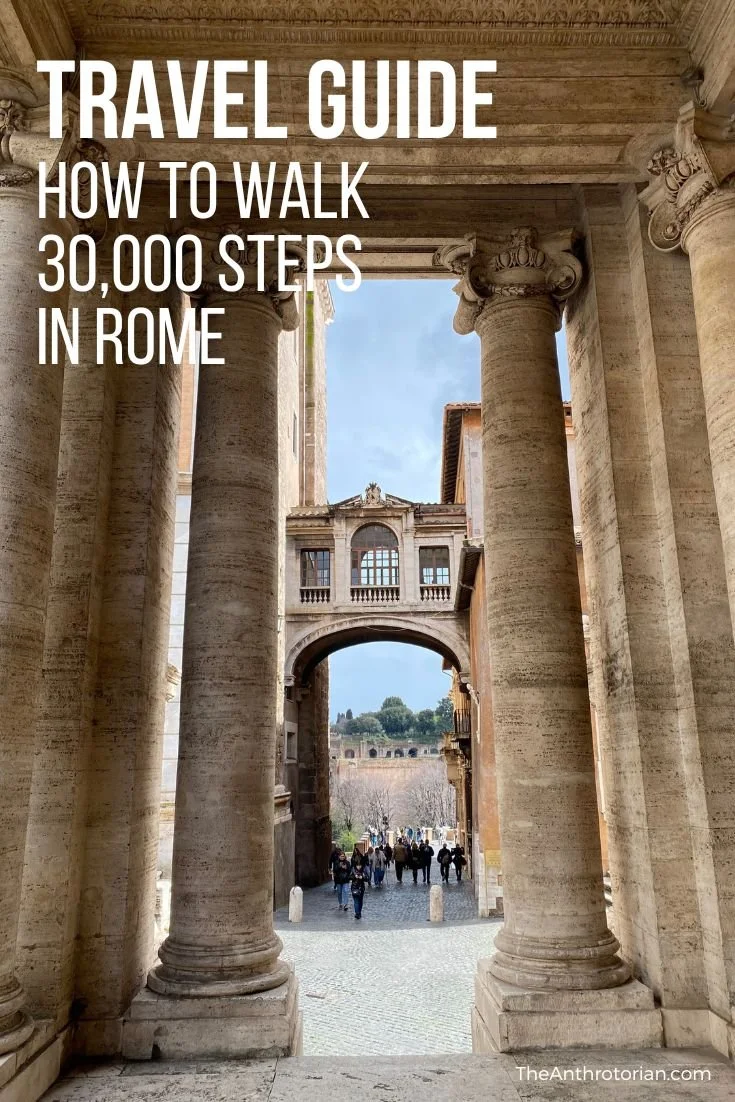If I were to ask you to close your eyes and picture the Greek Islands, what would you see?
White sand? Feta cheese? Brad Pitt dressed as Achilles?
Yes, you may see Brad, sand, and cheese, but if you are anything like me, the first image that will pop into your head will be of whitewashed walls and bright blue rooftops — the classic buildings of Greece, especially the Greek Islands, and the subject of posters plastered all over the walls of travel agencies around the world.
After visiting the breathtaking island of Santorini myself, and walking amongst these perfectly painted structures, I began to wonder… why white and blue?
The obvious assumption would be that this bright colour combo comes from a deep sense of patriotism — the Greek flag is white and blue — and I did assume this at first until I did a bit more research and discovered that the real reason is a lot more practical.
With little to no wood available, the majority of the buildings on the islands were originally constructed out of dark, volcanic stone. The stone was a great insulator, but the color of the stone absorbed the heat making being inside on a hot day (every day is hot… it's Greece!) unbearable.
Painting the buildings white to reflect the harsh sunlight was a necessary and practical way to stay cool. (Click here for additional reading on painting buildings.)
Why blue you ask? Why not red, brown, green or yellow?
Well, at first people used any colour they wanted to paint their buildings, but blue became the most common because it was cheap and readily available.
A blue-tinted cleaning agent called “loulaki”, that was used for washing clothes, reacted with the limestone plaster and when a few tablets were dropped into it, it dyed the solution blue. It was a common product that most households would have on hand and, because the whitewashing was done up to three times a year, was often the easiest color to default to.
It wasn’t until 1967, when a military government was in power in Greece, that the other colors disappeared for good. Thinking that the blue and white showed unification, and supported their political agenda, this government mandated that all buildings must be repainted in blue and white if they weren’t already.
The colour combo quickly became a trademark of the islands in the late 1960s and, attracted to the money coming into the country from a jump in tourism, in 1974 the government made it a law that all houses must be painted in the beautiful Greek colors of white and blue.
The only thing that can compete with the stunning colors of the buildings are the colors found in a Greek sunset!




